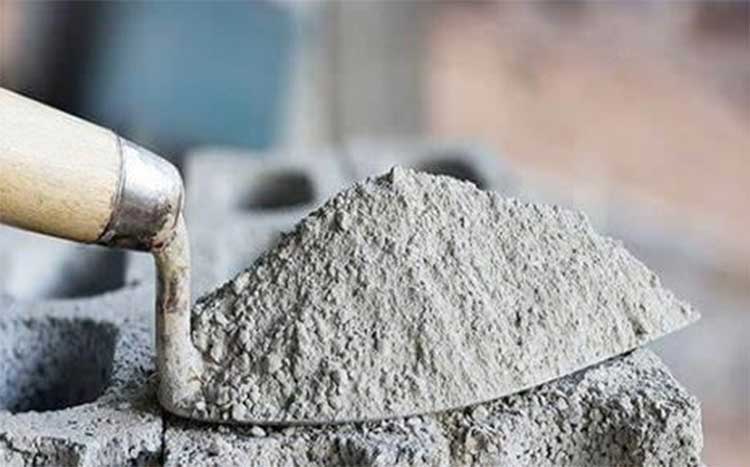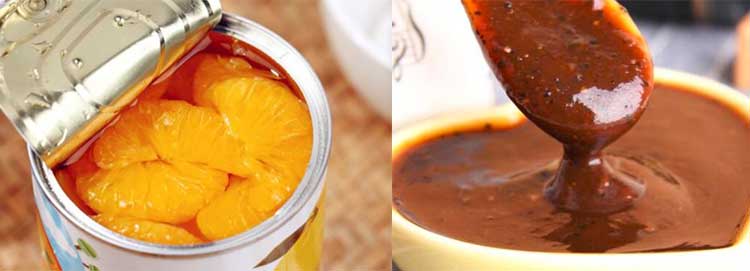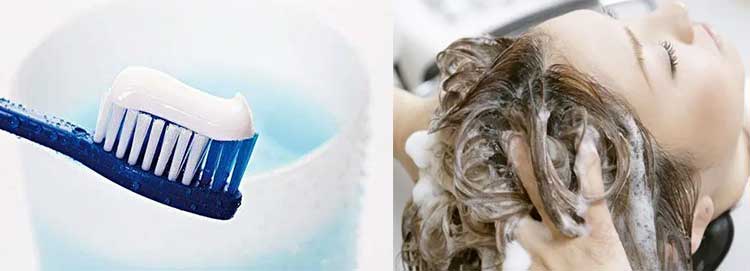What is hydroxypropyl methyl cellulose?
Hydroxypropyl methyl cellulose (HPMC), also known as hydroxypropyl methylcellulose, cellulose hydroxypropyl methyl ether, cellulose, 2-hydroxypropylmethyl ether, PROPYLENE GLYCOL ETHER OF METHYLCELLULOSE, CAS No. 9004-65-3, is made from highly pure cotton cellulose by special etherification under alkaline conditions. HPMC can be divided into building grade, food grade and pharmaceutical grade according to its use. It is widely used in construction, food, medicine and cosmetics, daily chemicals and other industries.
What are the uses of HPMC?
Construction industry
1. Masonry mortar
Strengthening the adhesion to the masonry surface can enhance the water retention, thereby improving the strength of mortar, and improving the lubricity and plasticity to help the construction performance. Easy construction saves time and improves cost efficiency.
2. Gypsum products
It can prolong the working time of mortar and produce higher mechanical strength during solidification. High quality surface coating is formed by controlling the consistency of mortar.
3. Waterborne paint and paint remover
It can prolong the shelf life by preventing solid precipitation, and has excellent compatibility and high biological stability. Its dissolution rate is fast and not easy to agglomerate, which is helpful to simplify the mixing process. Produce good flow characteristics, including low spatter and good leveling, ensure excellent surface finish, and prevent paint sagging. Enhance the viscosity of water-based paint remover and organic solvent paint remover, so that the paint remover will not flow out from the workpiece surface.
4. Ceramic tile adhesive
Dry mix ingredients are easy to mix and do not agglomerate, saving working time because they are applied faster and more effectively, improving processability and reducing costs. Improve tiling efficiency and provide excellent adhesion by extending cooling time.
5. Self leveling floor materials
It provides viscosity and can be used as an anti settling additive to help improve the efficiency of flooring. Controlling water retention can greatly reduce cracks and shrinkage.
6. Production of formed concrete slabs
It enhances the processability of extruded products, has high bonding strength and lubricity, and improves the wet strength and adhesion of extruded sheets.
7. Plate joint filler
Hydroxypropyl methyl cellulose has excellent water retention, can extend the cooling time, and its high lubricity makes the application more smooth. It effectively improves the surface quality, provides smooth and even texture, and makes the bonding surface more firm.
8. Cement based gypsum
It has high water retention, prolongs the working time of mortar, and can also control the air penetration, thus eliminating the micro cracks of the coating and forming a smooth surface.
Food industry
1. Canned citrus: to prevent whitening and deterioration due to the decomposition of citrus glycosides during storage, so as to achieve fresh-keeping effect.
2. Cold fruit products: added to fruit juice and ice to make the taste better.
3. Sauce: used as emulsion stabilizer or thickener of sauce and tomato paste.
4. Cold water coating and polishing: used for frozen fish storage to prevent discoloration and quality degradation. After coating and polishing with methyl cellulose or hydroxypropyl methyl cellulose aqueous solution, freeze on the ice layer.
5. Adhesive for tablets: As the molding adhesive for tablets and granules, it has good “simultaneous collapse” (rapid dissolution, collapse and dispersion when taking).
Pharmaceutical industry
1. Encapsulation: The encapsulation agent is made into a solution of organic solvent or an aqueous solution for tablet administration, especially for spray encapsulation of the prepared particles.
2. Retarding agent: 2-3 grams per day, 1-2G per time, for 4-5 days.
3. Ophthalmic drug: Since the osmotic pressure of methyl cellulose aqueous solution is the same as that of tears, it is less irritating to eyes. It is added into ophthalmic drug as a lubricant for contact with eye lens.
4. Jelly: It is used as the base material of jelly like external medicine or ointment.
5. Impregnating agent: used as thickener and water retaining agent.
Cosmetic industry
1. Shampoo: Improve the viscosity and bubble stability of shampoo, washing agent and detergent.
2. Toothpaste: improve the fluidity of toothpaste.
Kiln industry
1. Electronic materials: as the press forming adhesive of ceramic electric compactor and ferrite bauxite magnet, it can be used together with 1.2-propanediol.
2. Glaze medicine: used as glaze medicine of ceramics and in combination with enamel paint, which can improve bonding and processability.
3. Refractory mortar: It can be added to refractory brick mortar or cast furnace material to improve plasticity and water retention.
Other industries
HPMC is also widely used in synthetic resin, petrochemical, ceramics, paper making, leather, water-based ink, tobacco and other industries. It is used as thickener, dispersant, binder, emulsifier and stabilizer in textile industry.
How to visually determine the quality of hydroxypropyl methyl cellulose (HPMC)?
1. Chromaticity: although it can not directly identify whether HPMC is easy to use, and if whitening agent is added in production, its quality will be affected. However, high quality products are about to be purchased.
2. Fineness: HPMC has 80 meshes and 100 meshes in general, and 120 meshes is less. Most HPMCs have 80 meshes. Generally speaking, offside fineness is better.
3. Light transmittance: put hydroxypropyl methyl cellulose (HPMC) into water to form a transparent colloid, and then see its light transmittance. The greater the light transmittance, the better, indicating that there is less insoluble matter in it.
4. Specific gravity: The heavier the specific gravity, the better. The ratio is significant, generally because the content of hydroxypropyl is high. If the content of hydroxypropyl is high, the water retention is better.
Hydroxypropyl methyl cellulose is stable to acids and bases, and its aqueous solution is very stable in the range of pH=2~12. We are a professional manufacturer. If you need this product, you can contact us. That’s all for the sharing of HPMC in this issue. I hope it can help you understand HPMC.
Post time: Jan-05-2023




